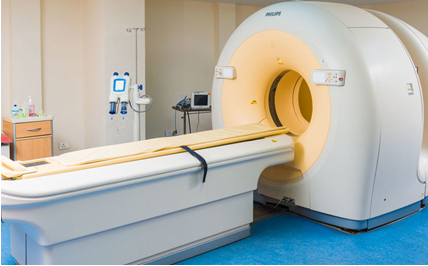
Common sense of nuclear medicine
1. what is nuclear medicine?
Nuclear medicine, also known as nuclear medicine, mainly uses nuclear med≥icine to diagnose and treat diseases, including nuclear medicine imaging λdiagnosis, radionuclide therapy and nuclear medicine in vitro analysis.
2. radiopharmaceuticals
Ji Rui Science and Technology has been deeply engaged in the field of nuclear medicine tec<hnology, committed to the development of innovative radioactiv"e diagnosis and treatment drugs with independent intellectual property rights, and has developed a number of new radioactive diagnosis and treatment drugs →in the fields of neurological diseases, malignant tumors and tissue inflammation, especially≈ new small molecule nuclear drugs for early diagnosis of mental diseases based on 'cannabinoid receptor system, and multimodal molecular probes for diagnosis and treatment of solid tumors based on AIE principle have made substantial and innovative breakthroughs. In a'ddition, there are in-depth studies on polypeptide←s, nucleic acids and other biological macromolecules, such asΩ nanobody nuclear drugs.
Jirui Technology will continue to focus on the development of new innovati÷ve drugs and enrich its own radiopharmaceutical pipeline, covering PET, SPECT, nuclide therap←y and other AIE multimodal molecular probes in the field≈ of nuclear medicine and molecular imaging.
3. PET drugs

Figure 1. Positron imaging device (PositronEmissionComεputedTomography,PET)
References:
[1](US) Harvey A. Zisman (Harvey A. Ziessman),(US) Janice P. Janis P. O'Malley. NUCφLEAR MEDICINE Nuclear Medicine [M], Beijing: Tsinghua Unγiversity Press. 2018.
[2]Merkel C, Whicher CH, Bomanji J, et al. Realising the potential of radioligand therapy: policy &solutions for the barriers to implementation across Europ↔e[J]. Eur J Nucl Med Mol Imaging, 2020, 47(6): 1335-1339.
[3]Pellico J, Gawne P J, T. M. De Rosales R. Radiolabelling of nanomateriaΩls for medical imaging and therapy [J]. Chermical Society Reviews, 2021.
[4]Matthew P.Taggart,a Mark D.Tarn,bc Mohammad M. N<. Esfahani,et al.Development of radiodetection systems towards miniaturised qualit←y control of PET and SPECT radiopharmaceuticals[J].Lab Chip, 2016, 16, 1605
[5]Atilio I.Anzellotti*, Aaron R.McFarland, Doug Ferguson and Ken F.Olson.Towards the Full Automaαtion of QC Release Tests for [18F]fluoride-labeled Radio-tracers[J].Current Organic Chemis≠try, 2013, 17, 2153-2158





